The Reasons to put grafted part above the ground?
sage_co
13 years ago
Related Stories

ARCHITECTUREStilt Houses: 10 Reasons to Get Your House Off the Ground
Here are 10 homes that raise the stakes, plus advice on when you might want to do the same
Full Story
HOUSEKEEPINGWhy Cleaning Window Screens Should Be Part of Your Winter Strategy
Dirty mesh blocks light, heat and views. Learn how to keep screens looking good and if they should be put away until spring
Full Story
FALL GARDENING7 Reasons Not to Clean Up Your Fall Garden
Before you pluck and rake, consider wildlife, the health of your plants and your own right to relax
Full Story
SAVING WATER6 Reasons Why You Should Save Your Rainwater Now
Collect and store during the rainy season so you’ll have water ready for irrigation when you need it
Full Story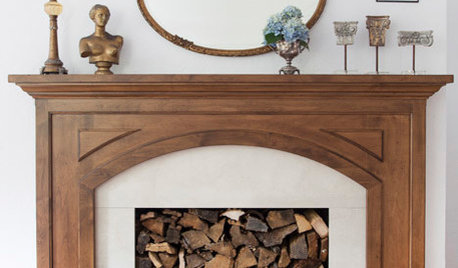
LIVING ROOMS8 Reasons to Nix Your Fireplace (Yes, for Real)
Dare you consider trading that 'coveted' design feature for something you'll actually use? This logic can help
Full Story
MOST POPULAR9 Reasons to Buy a Painting
No print or poster can rival the power of an original painting, chosen by you, for where you live
Full Story
FURNITURE11 Reasons to Love a Gray Sofa
See how a sofa in this neutral shade can take on anything you mix with it, from soft to sharp and everything in between
Full Story
WINTER GARDENING6 Reasons I’m Not Looking Forward to Spring
Not kicking up your heels anticipating rushes of spring color and garden catalogs? You’re not alone
Full Story
LANDSCAPE DESIGN5 Reasons to Consider a Landscape Design-Build Firm for Your Project
Hiring one company to do both design and construction can simplify the process. Here are pros and cons for deciding if it's right for you
Full Story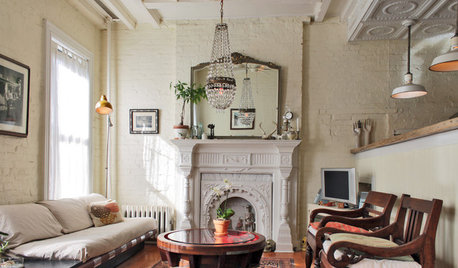
ECLECTIC STYLE5 Reasons to Hit That Secondhand Store
New things have their place, but old things have a history and beauty all their own
Full Story





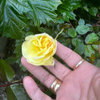


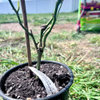
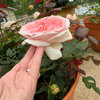
roseseek
zack_lau z6 CT ARS Consulting Rosarian
Related Professionals
Wixom Landscape Architects & Landscape Designers · Medford Landscape Contractors · Arden-Arcade Landscape Contractors · Azalea Park Landscape Contractors · Barrington Landscape Contractors · Concord Landscape Contractors · Cudahy Landscape Contractors · Downey Landscape Contractors · Fort Atkinson Landscape Contractors · Hoover Landscape Contractors · New Cassel Landscape Contractors · Pine Hills Landscape Contractors · San Benito Landscape Contractors · Palos Hills Landscape Contractors · Antioch Landscape Contractorsprofessorroush
roseseek
hoovb zone 9 sunset 23
michaelg
roseseek
sage_coOriginal Author
roseseek
mashamcl
User
kstrong
mashamcl
roseseek
sage_coOriginal Author
mashamcl
roseseek
sage_coOriginal Author
User
roseseek
User
roseseek
roseseek